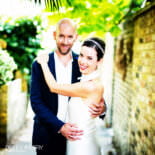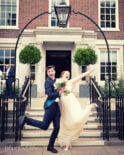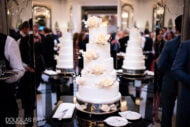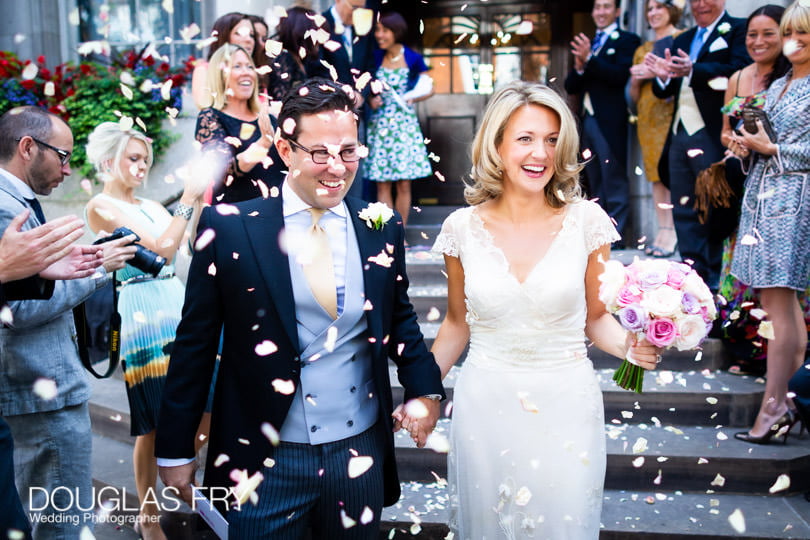
Why are Leica Cameras the Best for a Wedding Photographer?
Choosing small manual focus cameras to capture a wedding
It seems odd these days with complicated auto everything cameras, that I would actively choose to shoot a wedding with small manual focus cameras.
Capturing key moments of the wedding day
Wedding photography is a balance between creating a story through the images and capturing the couple during one of the most important days of their lives. So, what is the best way for a photographer to get these emotive images of the day? One option is to use small, quiet, Leica cameras. These cameras have a discreet click, they don’t cover the face when shooting nor do they require any special equipment. The cameras are small and light and they aren’t impeded by a winter wedding with low light levels.
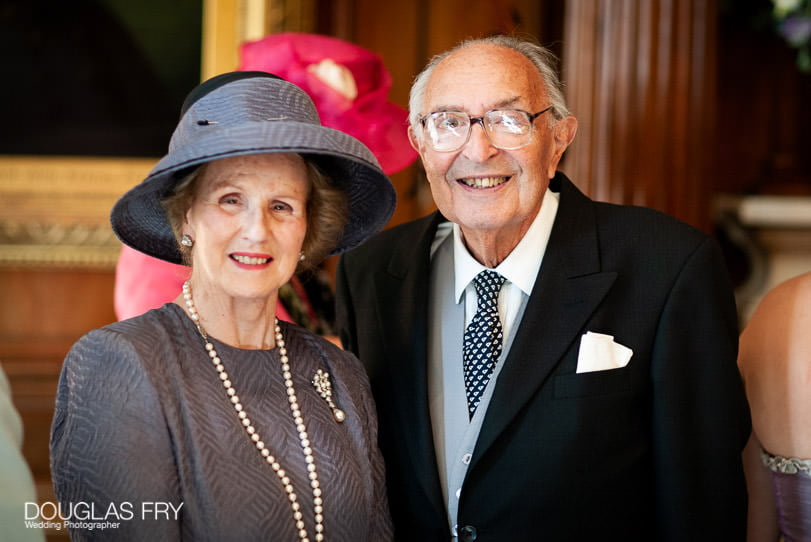
Small Quiet Leica Cameras
The key to keeping the photography discreet is using manual focus Leica cameras as they contain radically fewer electronics and don’t require lens motors. Furthermore, these particular cameras are mirrorless and thus have a very subtle shutter click which is almost inaudible during a wedding.
I have used Leica rangefinders as a more effective alternative to autofocus in both film and digital photography. Rangefinders offer very high image quality in a small form factor and the camera’s build is compact and robust. I believe a small rangefinder can offer the best of all worlds for the photographer and the couple alike.
The Value of Discreet Photography
Weddings are always emotionally charged events for the couple, so it is particularly important that the photographer is efficient and discreet. Very few people enjoy being ambushed by a camera as an intrusive photographer makes the subject feel awkward and self-conscious. Weddings are one of the most significant and memorable days in a couple’s life and capturing beautiful shots of the bridal preparation, ushers’ lunch and service provides valuable souvenirs of the event. Therefore, it is critical that the photographer captures the best shots without being an obvious distraction and a small, silent camera helps a lot.
After the service, everyone’s shoulders collectively drop and the photographer can mingle more freely, so it is often during those emotive moments when the strongest images appear in the camera’s viewfinder.
The advantage of manual focus lenses is that they are compact, without the electronics or focusing motors which typically create about a third of the size of an autofocus lens. Small-bodied cameras attract very little attention during an event and allow weddings to proceed without any disturbance from the photographer. Guests don’t feel obliged to break their conversation as they notice the camera, so far more genuine shots are achieved.
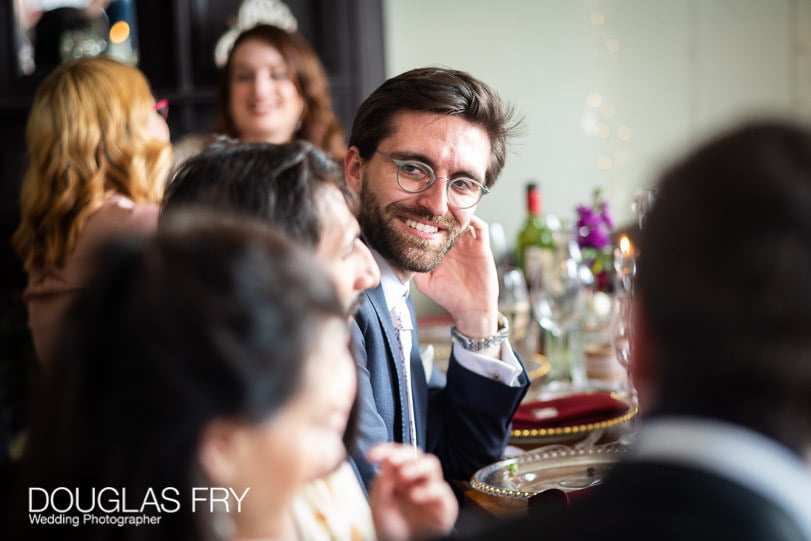
No Flash Photography
The small and fast Leica lenses also lend themselves to shooting with available light only. Why is this important? Two reasons. Firstly, it preserves the ambient light of the room. A couple will often go to great length to create atmospheric lighting in a reception space or dining room with candles or uplighter and flash photography sabotages this result, providing the couple with photographs of friends and family blasted with artificial light. Furthermore, when taking a selection of photographs, flash destroys the effect immediately as after a single shot as the subjects become fully aware of the photographer. At this point, the subsequent images are taken with full knowledge of the subject, making for far less spontaneous images and expression. Using Leica cameras, a photographer can approach a likely candidate, frame the image, take several photographs and make their escape with the subject blissfully unaware of the entire episode.
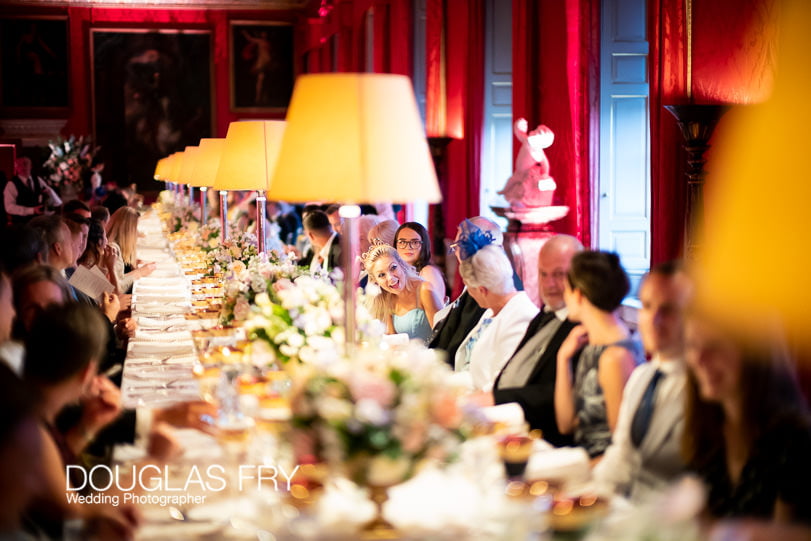
Manual Focus in Near Darkness
Manual focus lenses can focus in near darkness whereas auto focus lenses can hunt for something to latch on to and miss the shot.
In summary, the couple benefits enormously from choosing a photographer who prefers small discreet cameras with fast prime lenses. No one pays them any attention and the photographs returned reflect perfectly the atmosphere of the day and the couple’s memory.
Advantage for the Photographer
Although requiring a leap of faith from any photographer, switching out their kit for manual focus lenses and cameras can significantly help progress their work to a higher level. Personally, I shot for many years with manual focus before experimenting with auto focus cameras when they became available, but I realised about six years ago that auto focus was a solution to something that was never a problem.
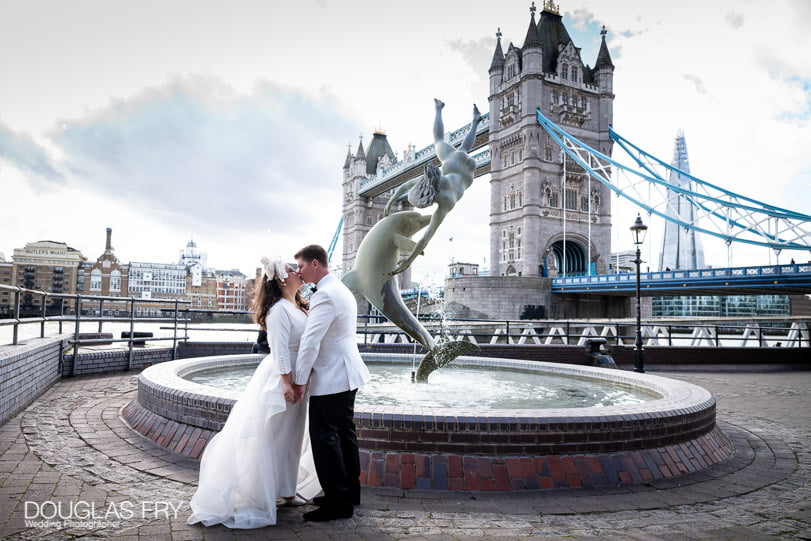
Quality Photography
To capture an excellent photograph it is necessary to consider focus, framing and exposure for each and every shot and there is no opportunity for coasting along or ‘spraying and praying’ with manual focus. This style of photography demands a level of concentration that forces the photographer to consider every frame carefully and makes for a much stronger set of images.
Furthermore, manual focus lenses are often particularly well made and the subsequent image quality from my Leica rangefinders has been commented upon by couples and editors alike.
Alternative Equipment
Using two smaller cameras with small lenses and having one wide angle lens in my pocket is a much more convenient arrangement and reduces fatigue over an eight to ten hour wedding, so I can shoot and think creatively all day to ensure the client gets the best images possible. Not having to lug a clunky camera bag around a venue nor wear a camera harness to offset their weight is also appreciated at large society weddings, where appearances matter.
In Summary
Obviously, manual focus cameras will not suit everyone and there are, of course, many superb photographers out there shooting on auto focus equipment and flash, but I suspect there are a significant number who would be pleasantly surprised how much their photography can be improved by going back to basics.
Related posts:
- Wedding in Dulwich and RAC Club Mayfair, London - 18th April 2024
- Autumn Wedding Photography at the Lansdowne Club in London - 15th January 2024
- Family Photoshoot in Oxford - 15th January 2024

